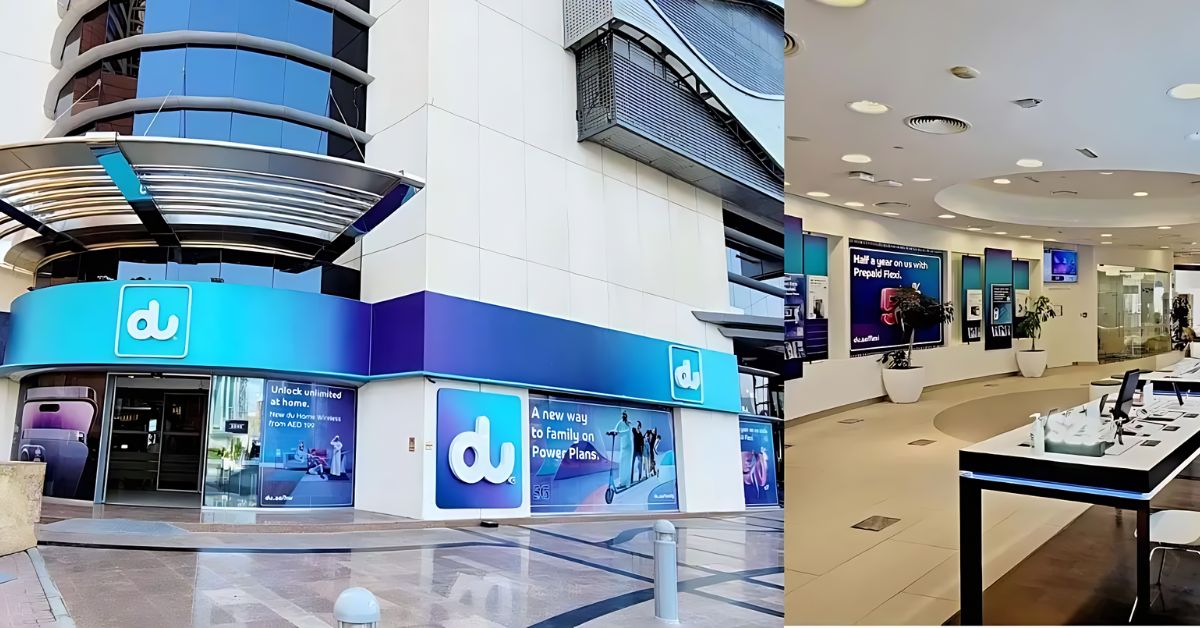DUBAI — The UAE is committed to enabling greater use of technology and innovation in every aspect of our lives in the country, said du Chief Technology Officer Saleem Al Blooshi.
“Since its inception, du has placed immense importance on continuously enhancing the user experience and has consistently stayed ahead of the curve in meeting the connectivity demands of UAE consumers,” he highlighted.
“We anticipate that in the near future, the average bandwidth demands of users will increase multi-fold,” Al Blooshi added.
du, a part of the Emirates Integrated Telecommunications Company (EITC), has begun deploying multi-carrier aggregation technologies within its commercial wireless network. This new innovation aggregates three carriers of 100 MHz each within the C-Band and 2.6 GHz band. By aggregating these carriers, the network will be capable of delivering data speeds three times faster than what is currently available to users in the UAE.

The primary application of the multi-carrier aggregation will be Home wireless services, a service introduced to the UAE market by du in 2021. This service quickly gained popularity, attracting thousands of users in a short time.
As the next phase of the wireless home broadband service, which can support high-bandwidth, low-latency futuristic uses like artificial intelligence, 8K video streaming, metaverse, and UHD cloud gaming, du has initiated this multi-carrier aggregation deployment. This innovation ensures that du’s subscribers can enjoy bandwidth-intensive applications without any concerns.
“Multi-carrier aggregation is a proven method to enhance both the peak and average throughputs of wireless networks. This deployment underscores our unwavering commitment to the UAE’s vision of fostering greater technological and innovative integration in every facet of our lives in the country,” Al Blooshi said.
du was the pioneer in the UAE, introducing both 4G and 5G-based home wireless services. With this latest deployment, du will soon offer 3CC-enabled advanced 5G home wireless services, capable of supporting futuristic use cases like AI, metaverse, Extended Reality (XR) gaming, and XR meetings. These applications are expected to become mainstream within the next 12 months, given recent announcements by prominent technology ecosystem players.








